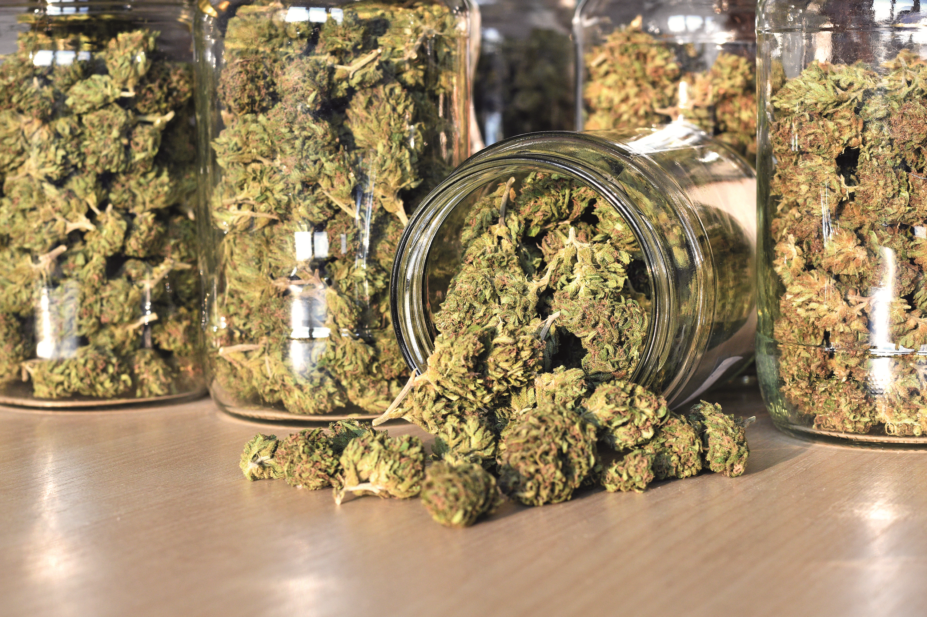
Shutterstock.com
Patients with cancer who use medical cannabis to treat symptoms, such as pain and neuropathy, tend to favour formulations with a higher ratio of the psychoactive component, tetrahydrocannabinol (THC), compared with non-cancer patients, a study published in the Journal of Palliative Medicine (25 March 2019) has found[1]
.
The research looked at data from 11,590 adults, of whom 1,990 had cancer, who were licensed to receive medical cannabis in New York in 2016–2017. The most common qualifying condition in both groups was severe or chronic pain.
The team found that, compared with non-cancer patients, those with cancer were less likely to use a cannabis formulation with a low THC: high cannabidiol (CBD) ratio. Although, over time, the THC:CBD ratio increased in both cancer and non-cancer patients.
THC is the psychoactive component of cannabis and has different medicinal properties to its non-psychoactive counterpart CBD. The researchers suggested that the prevalence of neuropathic pain in cancer patients could be one reason why they tended to favour high or equal THC ratios over low THC: high CBD formulations.
“More research is needed to better understand how different cannabis formulations of THC and CBD may benefit specific conditions or confer risks,” they concluded.
References
[1] Kim A, Kaufmann CN, Ko R et al. Patterns of medical cannabis use among cancer patients from a medical cannabis dispensary in New York state. J Palliat Med 2019; In press. doi: 10.1089/jpm.2018.0529


